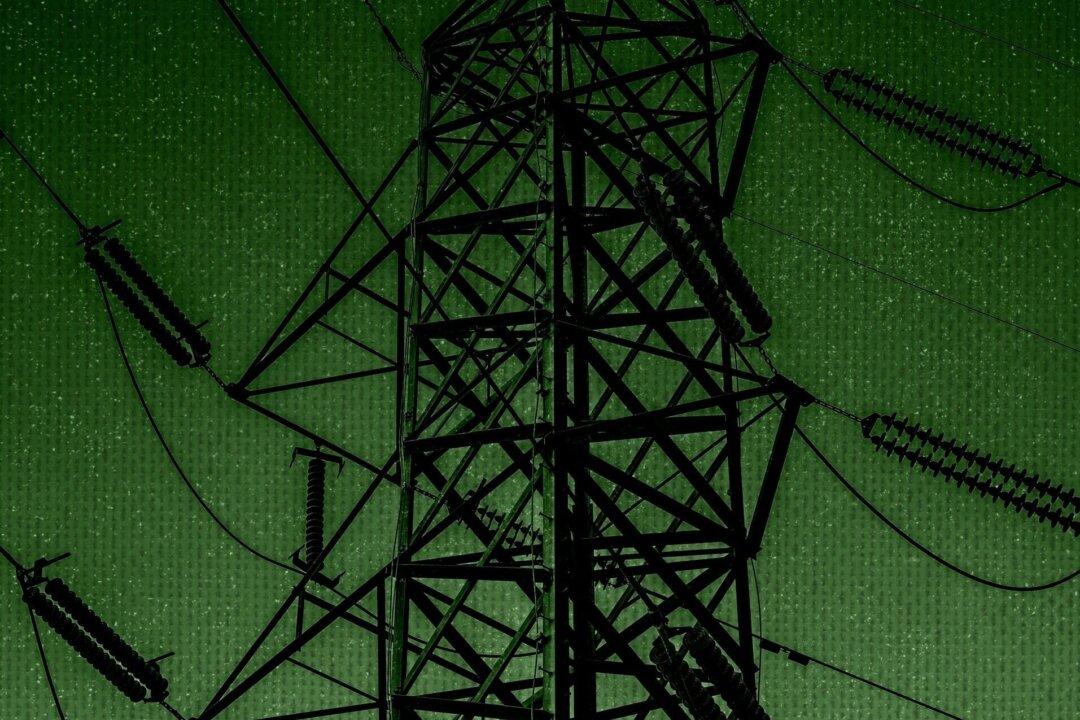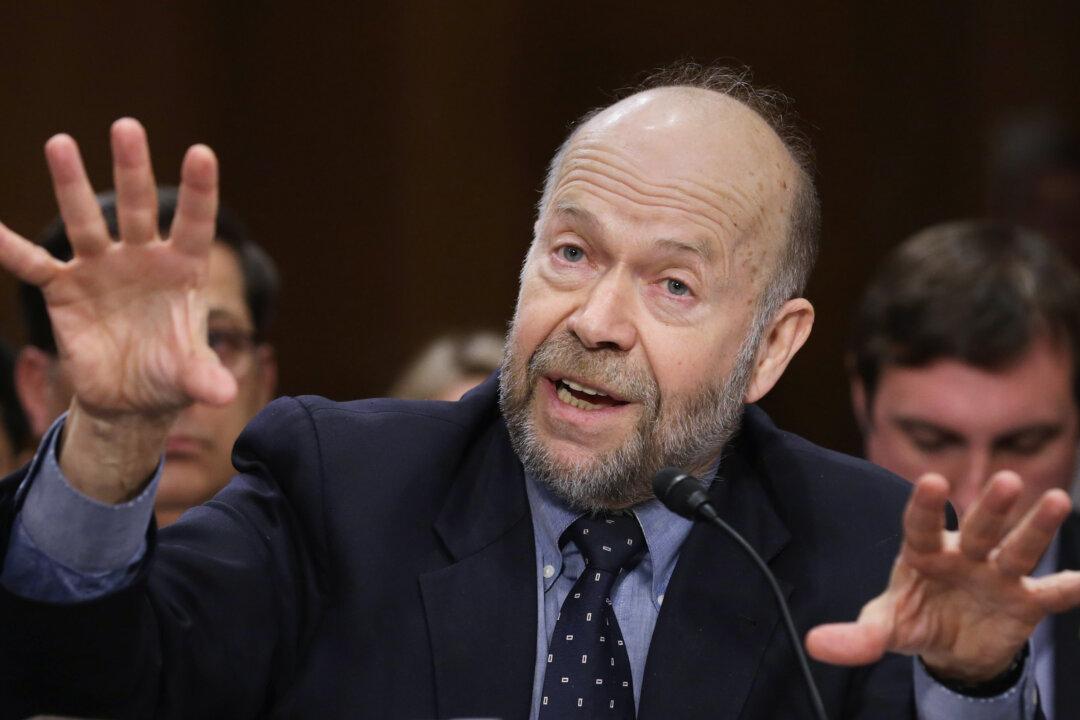News Analysis
Electricity is among the most-regulated sectors of the U.S. economy. A century of public-utility regulation of entry and rates has given way to new suites of government intervention. Wholesale electricity is centrally planned in most states, creating a contrived retail market. At the same time, government policies have increasingly displaced thermal generation (natural gas, oil, coal, and nuclear) with intermittent wind and solar power, requiring costly battery storage.





